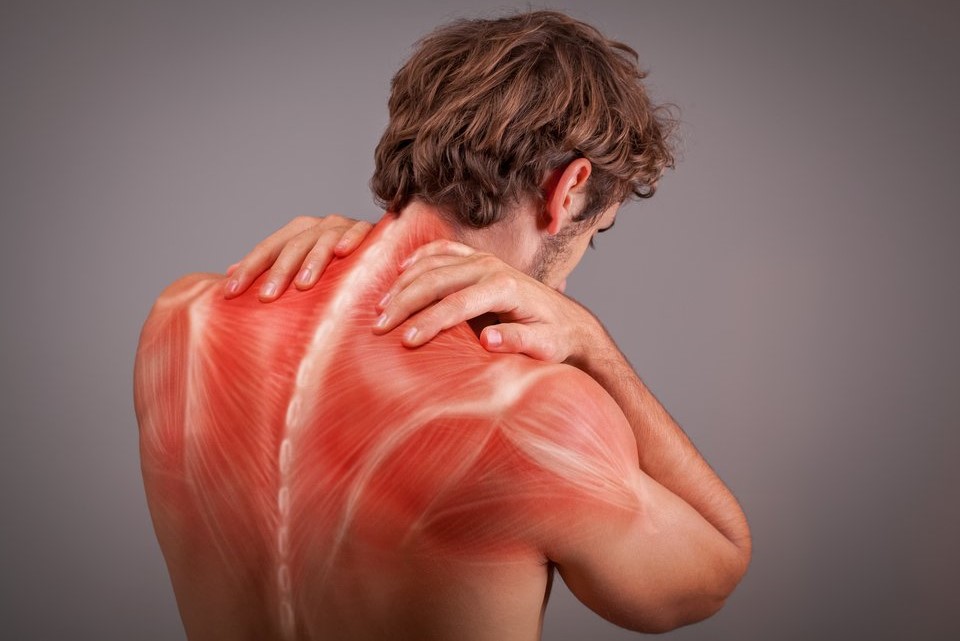
Muscle tension headache: help from cryotherapy
Muscle tension headache: the prolonged use of PCs and smartphones, also favored by the new remote working methods, have produced a significant increase in people suffering from neck pain
Muscle tension headache is one of the most common symptoms, and in some cases disabling, which accompanies neck (or cervical) pain, a condition also exacerbated by postural dysfunctions (such as, for example, lumbar hyperlordosis, dorsal or scoliosis), whiplash, cervical hernias and degenerative pathologies (such as osteoarthritis and spondylosis).
The telltale symptom of muscle tension headache
In addition to pain in the cervical area, i.e. the classic neck pain, many patients have constant pain in the neck, of varying intensity, which often radiates towards the forehead and around the eyes.
The pain can be accompanied by secondary symptoms, such as a feeling of:
- nausea and/or dizziness;
- tiredness;
- muscle fatigue.
Diagnosis of muscle tension headache
The symptoms related to neck pain should not be underestimated and it is advisable to avoid ‘do-it-yourself’ and self-medication.
In the case of headache associated with neck pain, the diagnosis is necessary and important in order to exclude pathologies which can sometimes be even serious and which therefore require the earliest possible treatment.
Therefore, a thorough physiatric visit is necessary, with particular attention to the neurological examination, in order to exclude pathologies:
- of the cervical spine (cervical hernias, spinal cord problems, postural dysfunctions such as scoliosis and scoliotic attitudes, dorsal hyperkyphosis);
- neurological (such as vascular problems, neoplasms, etc.).
Cryotherapy to relieve muscle tension headaches
One of the newest therapies for treating tension headaches is cryotherapy. It is an innovative method of physical therapy which, thanks to the ability to deliver hyperthermia by generating endogenous heat, with a consequent increase in temperature up to 41°C, and cryogenic therapy which can reach -18°C, creates a thermal shock localized and deep.
The 2 hot and cold phases, alternating rapidly, determine a thermal shock that stimulates the microcirculation and generates a local and deep biological stimulation.
Cryotherapy works:
- antiphlogistic (anti-inflammatory);
- analgesic (cold inhibits nerve endings by slowing down the nerve conduction of algogenic impulses);
- muscle relaxant on the cervical muscles.
This determines a sort of ‘switching off’ of the trigger points (irritable areas and where pain is concentrated in a muscle tissue) responsible for the headache which are treated with specific protocols.
Once the pain has been relieved, however, the cause that determines neck pain must be resolved, especially when this is correlated with postural dysfunctions, through a postural re-education and hygiene treatment in order to correct any ‘vices’ and wrong habits that the patient assumes during work and leisure activities.
Read Also
Emergency Live Even More…Live: Download The New Free App Of Your Newspaper For IOS And Android
Rebound Headache, The Headache Linked To Drug Abuse
Migraine And Tension-Type Headache: How To Distinguish Between Them?
Headaches And Dizziness: It Could Be Vestibular Migraine
Monoclonal Antibodies And Botulinum Toxin: New Treatments For Migraines
Migraine With Brainstem Aura (Basilar Migraine)
Migraine And Tension-Type Headache: How To Distinguish Between Them?
Paroxysmal Positional Vertigo (BPPV), What Is It?
Headaches And Dizziness: It Could Be Vestibular Migraine
Waking Up Headaches: What Are The Causes And What To Do
Tension Headache: What Is It, What Are The Causes And What Are The Treatments?
Cluster Headache: Symptoms And Treatment


